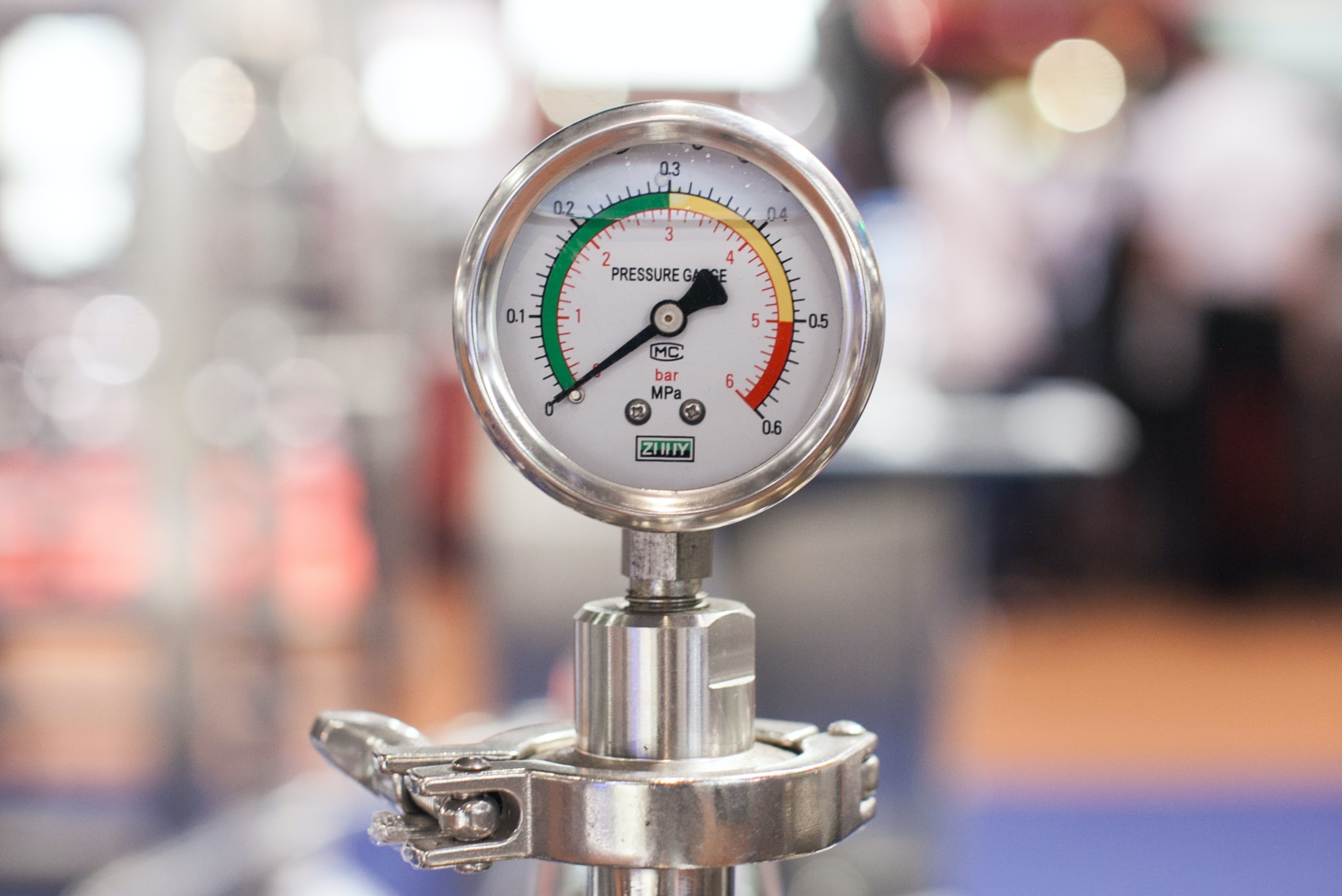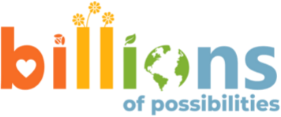Invitation
It turns out that the work of going to scale requires many of the same values, mindsets and approaches as designing your solution in the first place. Reaching progressively larger groups takes:
- Deeply understanding the new organizations and communities you’re seeking to engage and the problems they face;
- Empowering those impacted by the problem in question to adapt or create solutions that work for their setting;
- Maintaining great self-awareness about our relationship to those whom we seek to engage;
- Showing openness to continuously testing and trialing new ideas and local adaptations;
- Demonstrating willingness to let go and liberate the energy, creativity and genius of everyone in the field, particularly those furthest situated from power and privilege.
In order to create this phenomenon – what the Billions Institute calls “unleashing”– we need to make sure that the solution we introduce is equitable, effective and lean, that above all it gives potential adopters lots of room to make locally-appropriate adaptations. It would be a mistake to introduce solutions that are unjust, expensive, unwieldy and disempowering.
In this module we review how to distill our solutions to their essential parts so that others can adjust them and make them their own, and we think about how to package our interventions in ways that will make them optimally attractive and compelling to new audiences.
Task #1: Prepare Your Rice and Beans

Once we feel confident that our solution is equitable, community-centered and effective, we need to think about which elements of it are essential and sacrosanct and which can be adapted to different settings and contexts. This is critical in engaging new groups as we grow; it helps us communicate the key values and actions at the heart of our solution and also makes it clear that adaptation is welcome and even celebrated. When we are taking ideas and concepts to scale, adaptation is our primary enterprise, the ‘sport’ we are playing.
A useful analogy in thinking about this is a meal like rice and beans (sometimes in the past the Billions Institute has also used the analogy of a turkey sandwich and it is similar). A simple meal like rice and beans, which is consumed every day by millions around the world, can take lots of different forms. Some people might add chicken or fish, others might add vegetables, others might add cheese, others might add spices but what is consistent across the board is the rice and beans.
The question, in the context of expanding, is what is your rice and beans? What is essential in your work to advance justice and get results? What values (e.g., equity, inclusion, learning, experimentation) are critical? What technical elements of our solution are critical? And, every bit as important, what are your spices or veggies – that is, what can/should be adapted in different contexts?
The first part of the worksheet (which you can get in the downloads section to the right of this lesson) or in the handout packet will prompt you to consider some questions and identify your rice and beans (protein). It will then give you some space to think about possible adaptations (veggies/spices) although you should remain open to all of the many variations that will emerge from the field!
What’s your rice and beans?
The five questions (these same question are found in the downloadable handout below):
Questions 1-5 below will help you begin to identify your rice & beans. When you’ve completed them, fill out the rice and beans worksheet to get your distilled thinking down on one page.
- Write your proposed solution down here in the most simple, non-technical language possible.
- What are the most essential aspects of your solution? If you were to remove them, the solution wouldn’t be recognizable to you or respond to the critical pieces of your problem?
- Are there any aspects of your solution that are contingent upon one another? In other words, you can’t do A without B or B without A, but C can be done separately. Capture those dependencies here.
- How do you know those are the essential aspects of your solution? What have you done to confirm that with data or experience or conversation?
- What aspects of your solution are optional or able to be adopted to suit local contexts?
Happy cooking…may the fork be with you!
Task #2: Assess Spread-ability (Hot Sauce)

With some clarity on your rice and beans, the next question has to do with how inherently attractive and charismatic your solution is. As you think of what is essential in the innovation or idea you’re seeking to spread, are there elements that will attract the groups you’re seeking to engage? Elements that will repel them or run counter to their values? How can you make sure what you’re sharing is as aligned and compelling as possible?
The work of Everett Rogers helps us think through this. As summarized in this short article, Rogers said that there are five dimensions that we can consider when assessing how inherently spreadable our solution is:
- Relative Advantage (or, How clear is the benefit of our solution over what came before?)
- Compatibility (or, How well aligned is our solution with local values, mores and beliefs?)
- Simplicity (or, How complex or straightforward is our solution?)
- Trialability (or, Can we “test drive” the new solution or practice?)
- Observability (or, Can we see the results of our solution relatively quickly as opposed to making others take it on faith and wait a long time?)
Go back to the worksheet you were working on before to assess how spreadable your solution might be against these criteria (Question 6).
Where do you have strengths? Where do you have deficiencies to overcome? Taken together, you can think of these dimensions as the “hot sauce;” when they come together they can really add some zip to your efforts to spread your work and make it even more compelling!
A cross-cutting theme that you will surely note as you fill out the self-assessment is just how important it is to deeply understand the experiences, needs and preferences of those you seek to engage; the same discipline around getting out to the field and deferring to local knowledge that you showed in designing your solution is absolutely required here. In fact, as we grow we should place even more emphasis on ceding power to others and giving them co-ownership of our effort; local leaders and partners will be much more effective than us in changing outcomes in their area. We gain huge efficiencies (“network effects”) when we view every group we engage as a trailblazer who can generate new innovations for everyone to learn from.
In addition to Rogers’ five considerations, the Billions Institute suggests thinking about two other dimensions that are also in the worksheet:
- Adaptability (or, How easy is it to adjust our solution to new settings and environments?)
- Scalability (or, How inherently easy is it to produce more of our solution? Is it like a smart phone, which can only be used by one person at a time, or an app, which can be used by millions simultaneously?)
Task #3: Start Pressure-Testing

Task #4: Share your Rice & Beans
Please complete the Rice & Beans handout then go to this google doc, follow the instructions on SLIDE 2, and share a copy of your slide to the Circle app to get customized feedback on your distillation of your “rice and beans” from Becky & Christine and others in the course.
Remember, you can access Circle by clicking on the little speech bubble icon in the bottom right of this screen OR by downloading the Circle Communities app for your iPhone or iPad. If you’re ever prompted to sign in use your Teachable login and password.
Inner Work: Reflection on Module 8
Before you wrap up this module, please take a few minutes to reflect on some of these questions:
- Did you learn anything in this module that challenges your assumptions about how to spread effective practice?
- What do you think will require more work as you prepare your solution for scale?
- What is keeping you awake as you think about expanding your work?
- Where are you feeling excitement or curiosity?

